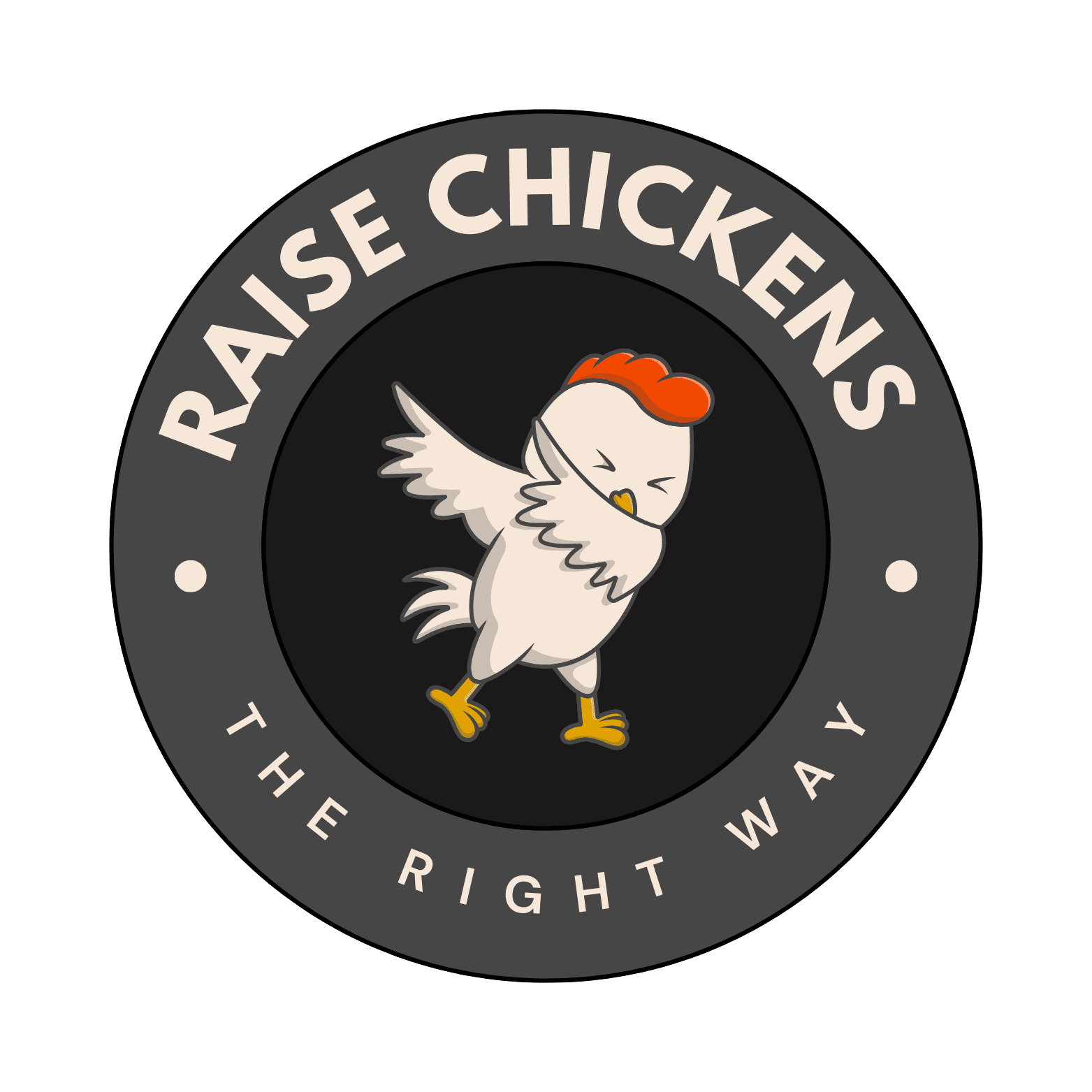Can Chickens Eat Peas? The Complete Guide to Feeding Peas to Your Flock
As a chicken keeper for over a decade, I’m often asked about feeding peas to chickens. Today, I’ll share everything I know about this nutritious treat and whether those green pods are friend or foe to your feathered friends.
The Nutritional Value of Peas for Chickens
I’ve found that peas are actually one of the most nutritious treats you can offer your chickens. With 5g of protein per serving, they’re an excellent supplement to your chickens’ regular feed. The low fat content (just 0.4g) makes them a healthy option that won’t contribute to obesity – a common concern I see in backyard flocks.
The carbohydrate content (14g) provides chickens with quick energy, which is especially beneficial during colder months when they need extra fuel to stay warm. I’ve noticed my hens are particularly active after snacking on peas, showing just how well their bodies utilize this energy source.
Fresh vs. Frozen vs. Dried Peas
Through my years of chicken keeping, I’ve experimented with different forms of peas. Fresh peas are always my first choice – they’re crisp, hydrating, and my chickens absolutely love them. However, frozen peas work just as well once thawed, and they’re actually my go-to option during winter months.
Dried peas are another option, but I always recommend soaking them first. Here’s why: unsoaked dried peas can be hard for chickens to digest and might even pose a choking hazard. When I use dried peas, I soak them for at least 6 hours before serving.
The Pod Problem: To Feed or Not to Feed?
Now, let’s address the elephant in the room – pea pods. While chickens can technically eat pea pods, I’ve learned that moderation is key. Fresh, young pods are usually fine, but older, tough pods can be difficult to digest. Here’s what I consider before feeding pods:
How to Serve Peas to Your Chickens
After years of trial and error, I’ve developed a foolproof method for serving peas to chickens. First, I ensure the peas are at room temperature – especially important when using frozen ones. Then, I scatter them in small amounts around their foraging area. This encourages natural pecking behavior and prevents any one chicken from hoarding all the treats.
Common Misconceptions About Feeding Peas
I’ve heard many myths about feeding peas to chickens, and it’s time to set the record straight. One common misconception is that raw peas are harmful – they’re actually perfectly safe. Another is that chickens can survive on peas alone. While peas are nutritious, they should only make up about 10% of your chickens’ diet, with commercial feed forming the main portion.
Seasonal Considerations
Timing matters when it comes to feeding peas to your flock. Here’s my seasonal feeding schedule:
Health Benefits and Potential Risks
In my experience, peas offer numerous health benefits for chickens. The protein supports feather growth and egg production, while the fiber aids digestion. However, I always watch for signs of overfeeding, such as loose droppings or decreased appetite for regular feed.
